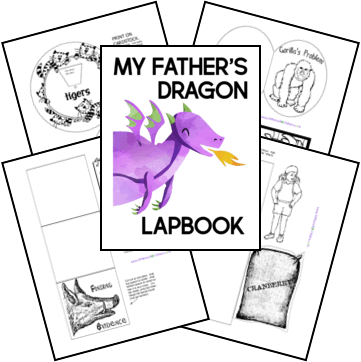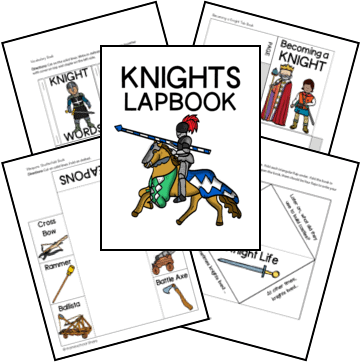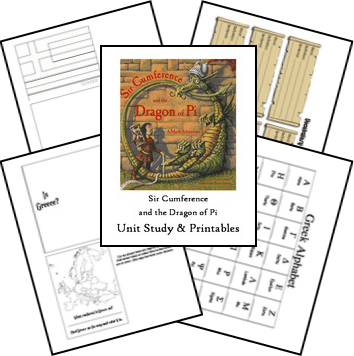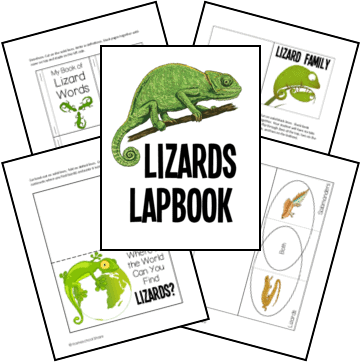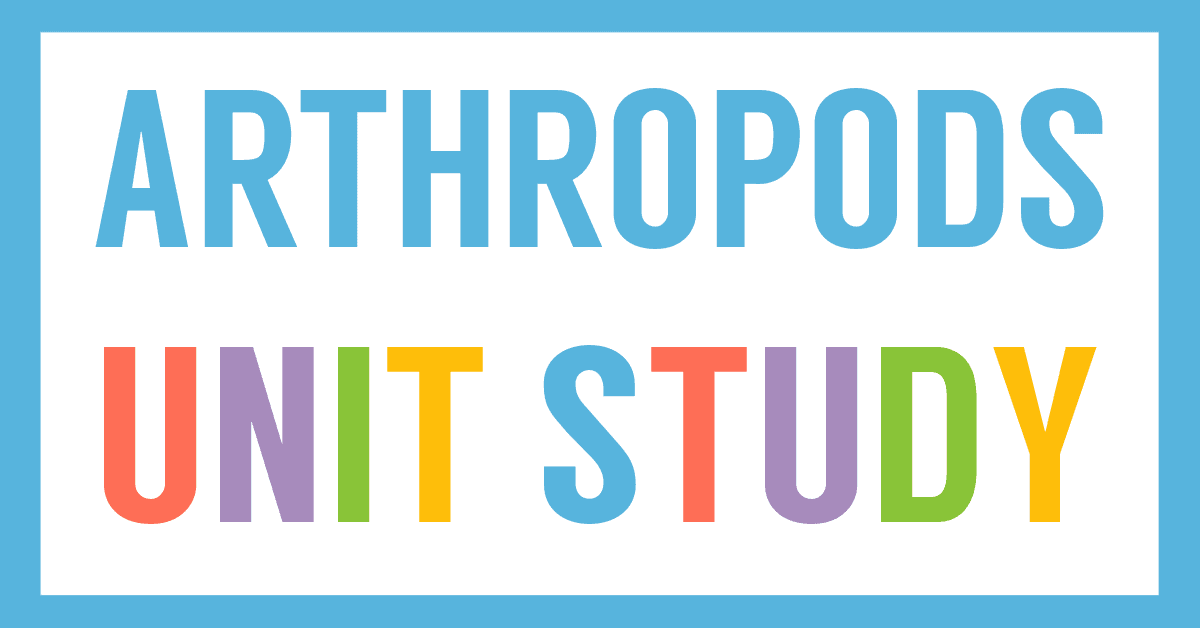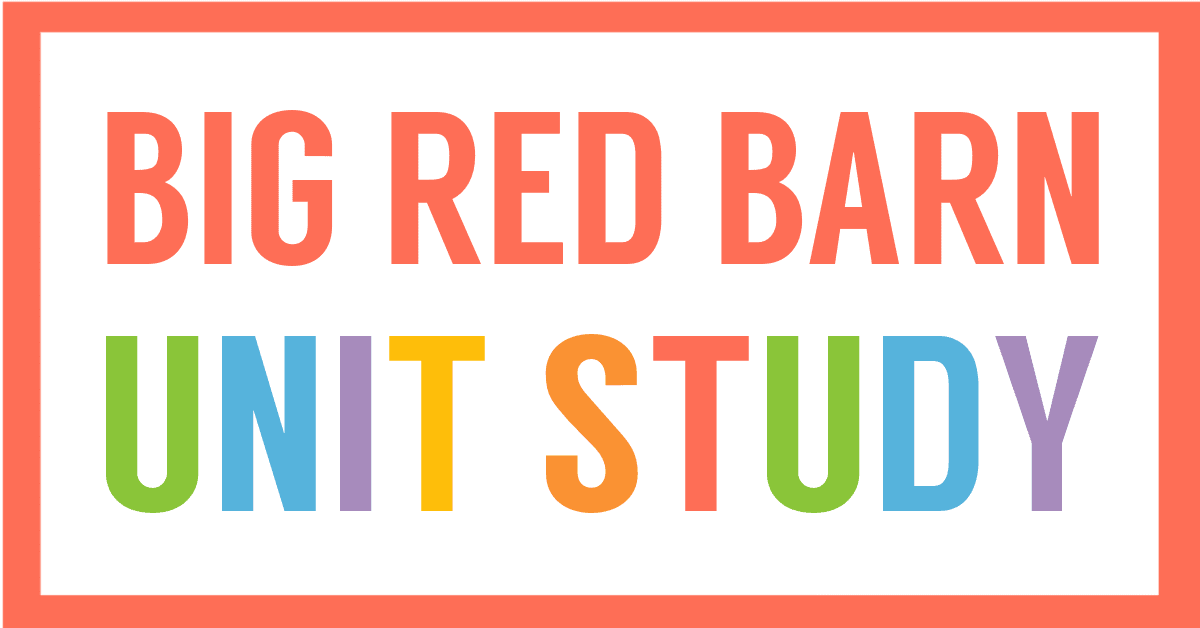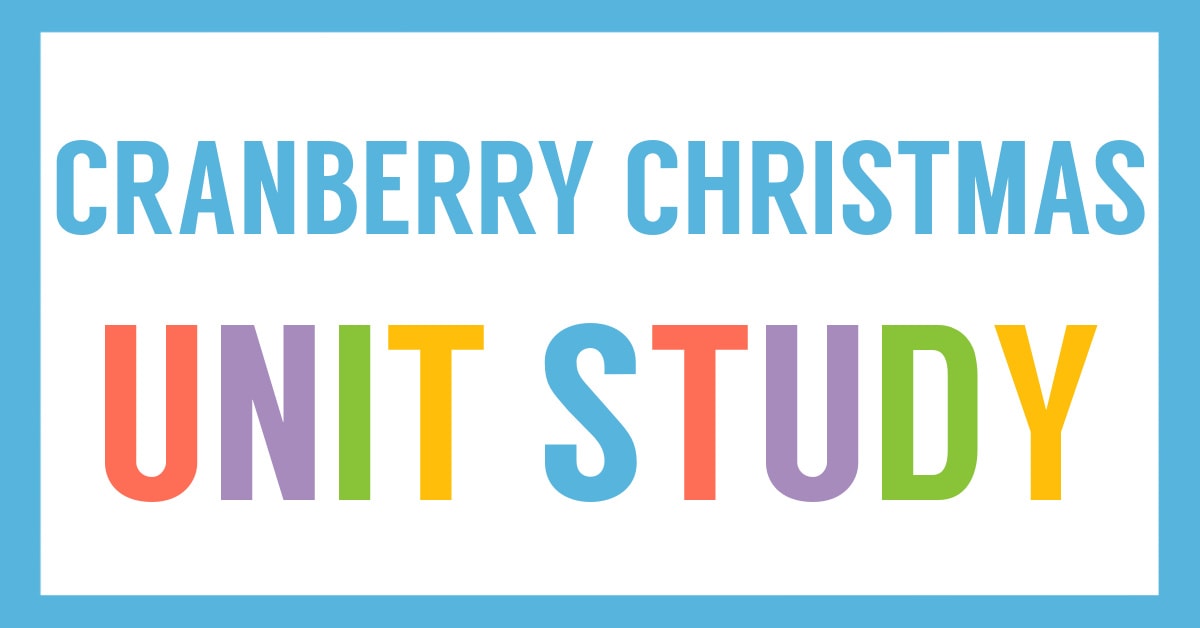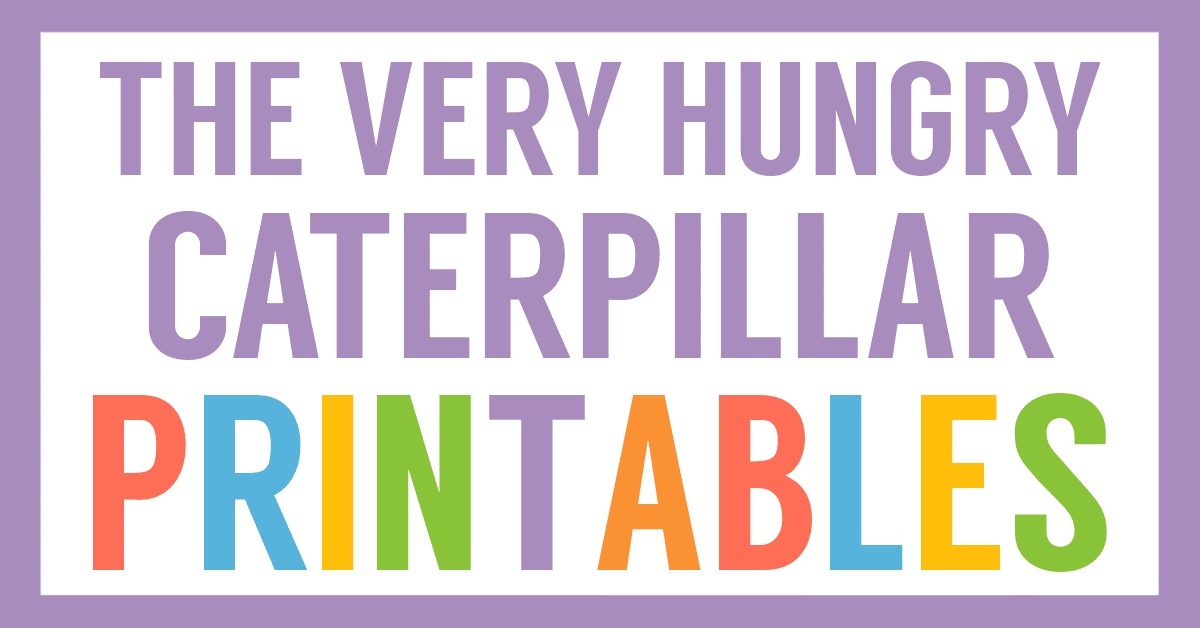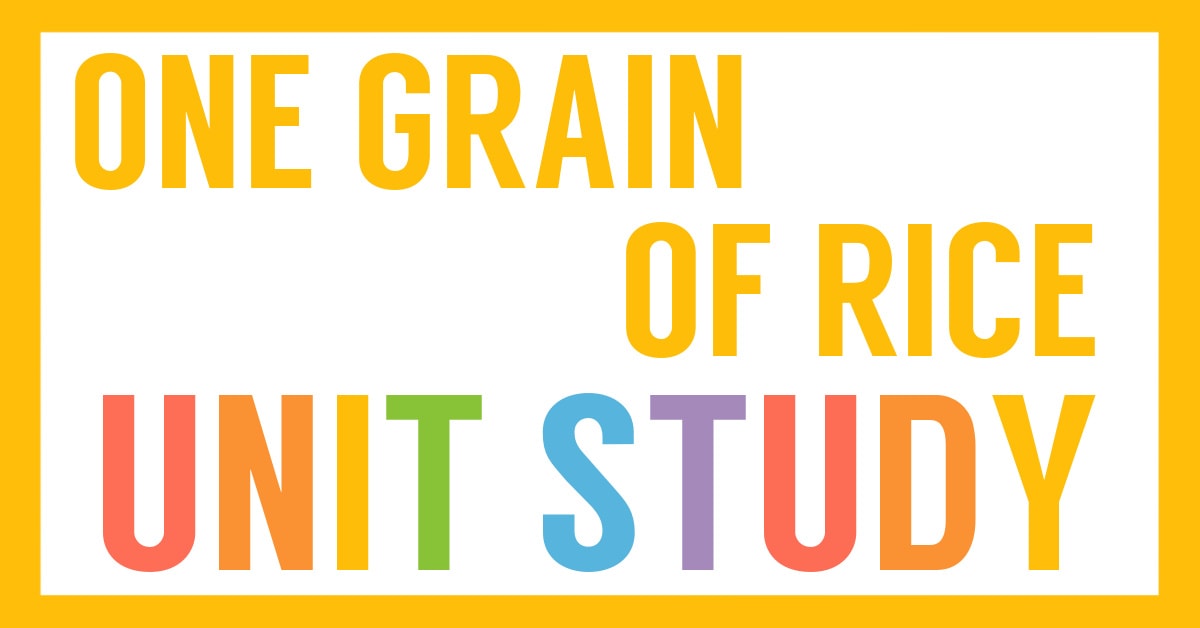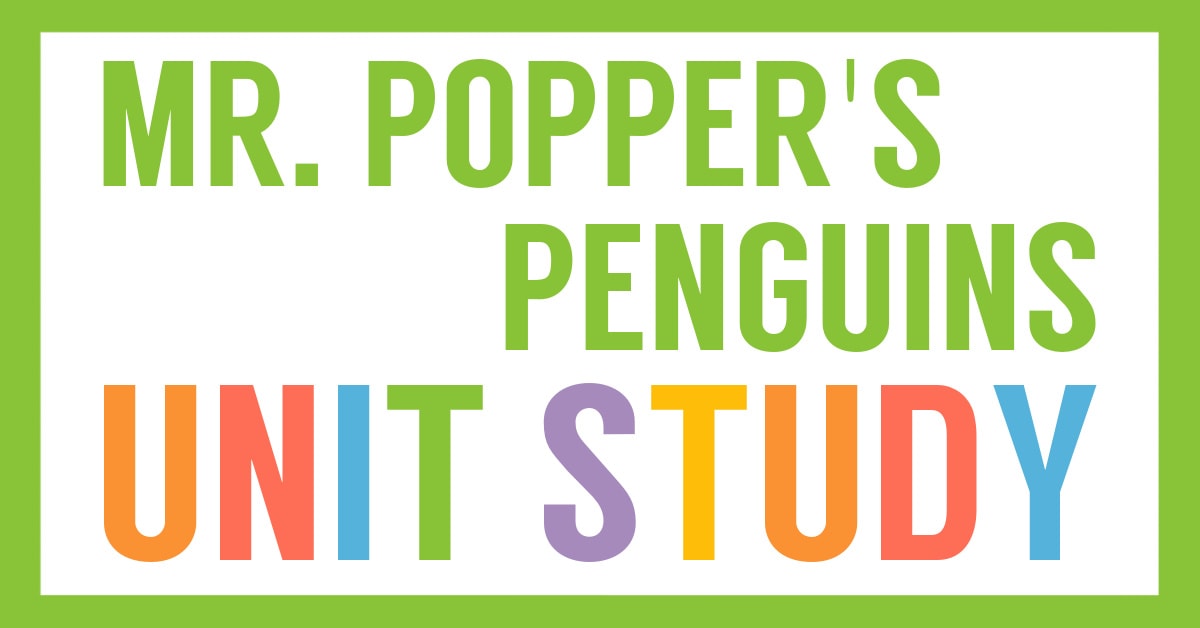Affiliate Disclaimer
We sometimes use affiliate links in our content. This won’t cost you anything, but it helps us to keep the site running. Thanks for your support.
This unit study includes lessons and activities based on the book Saint George and the Dragon by Margaret Hodges.
Saint George and the Dragon retells the segment from Spenser’s The Faerie Queene, in which George, the Red Cross Knight, slays the dreadful dragon that has been terrorizing the countryside for years and brings joy to the land.
This story offers a springboard into oodles of learning options: dragons, The Red Cross, knights, legends, and more! Grab our free Saint George and the Dragon unit study and start learning with this classic tale.
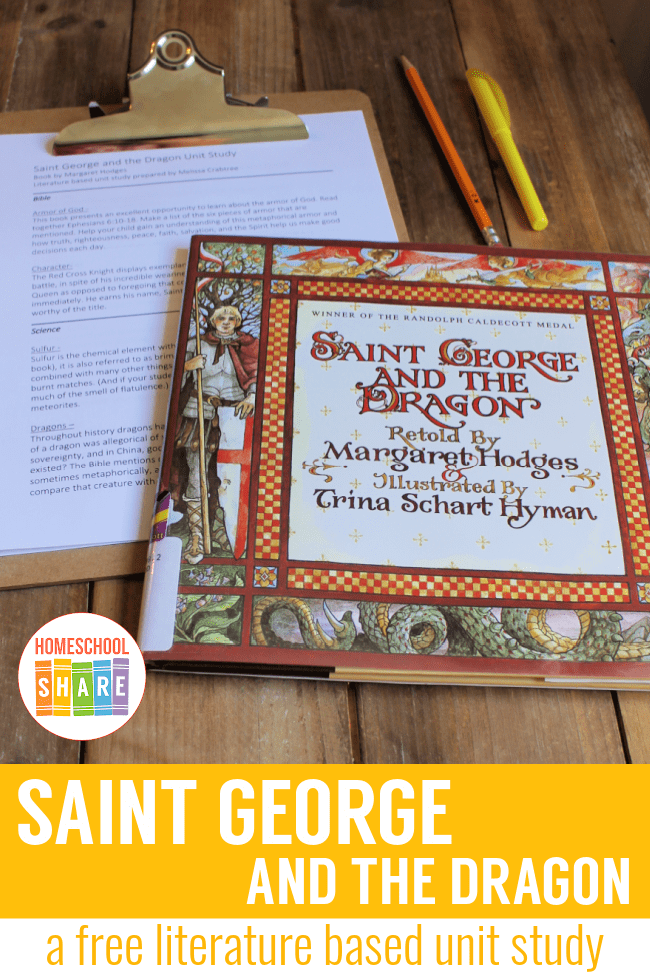
Thanks to Melissa Crabtree for preparing this Saint George and the Dragon Unit Study.
Saint George and the Dragon Unit Study Lessons
Here is a sample of the lessons found in this Saint George and the Dragon unit study:
Science: Dragons
Throughout history dragons have depicted all that is evil in the world. The slaying of a dragon was allegorical of slaying sin. They have also been symbols of power, sovereignty, and in China, good fortune. Have you wondered if dragons ever really existed? The Bible mentions dragons and/or dragon like creatures many times, sometimes metaphorically, and sometimes not. Read Job 41 to your child and compare that creature with the one in our story.
There are animals today that are called dragons, such as the Komodo dragon, the bearded dragon, and the water dragon, but none of these resemble the dragons of long ago.
If dragons did exist, what kind of animals were they? They would have been reptiles: cold-blooded, egg lying, hairless, vertebrates that breath through lungs. Let’s look at a dragon’s anatomy further. The dragon in our story can fly into the sky with the knight because he has wings. It was the wing of the dragon that St. George first wounds. Dragons have very sharp claws. What did the dragon do with the claws? (Grabbed the Knight) What did the knight do to one of the claws? (Cut it off) Do you remember the dragon’s long tail? It had two sharp stings on it and when the Knight was trapped by it he cut the end off. What is special about the dragon’s mouth? It breathes fire, almost killing St. George. How did St. George finally kill the dragon? (By running a spear through its mouth.) Draw a picture of a dragon and label all of its parts.
Math: Calendar
Saint George had to give knight’s service to the Fairy Queen for six years. How many months is that? How many weeks? How many days? How many seasons? (How has your life changed over the past six years? How might it be different six years from now?)
The Middle Ages were from 400 to 1500 AD. How many years is that? How many centuries?
Art: Caldecott Medal
This book received The Caldecott Medal in 1985. The Caldecott Medal is awarded to the artist of the most distinguished American Picture Book for Children published in the United States during the preceding year. The award goes to the artist, who must be a citizen or resident of the United States, whether or not he is the author of the text.
Trina Schart Hyman has won The Caldecott Medal for Little Red Riding Hood in 1984, Saint George and the Dragon, and Caldecott honors for Hershel and the Hanukkah Goblins by Eric Kimmel in 1990 and A Child’s Calendar by John Updike in 2000.
You can grab a copy of the entire Saint George and the Dragon unit study in an easy-to-print file at the end of this post.
How to Get Started with the Saint George and the Dragon Unit Study
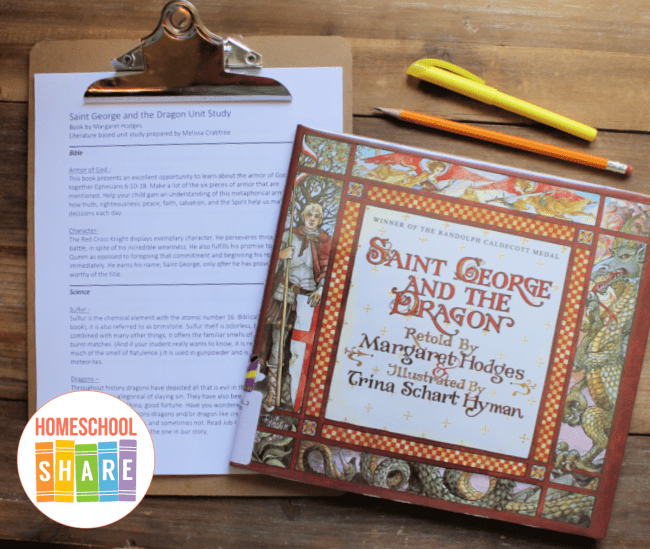
Follow these simple instructions to get started with the Saint George and the Dragon unit study:
- Buy a copy of the book, Saint George and the Dragon, or grab one from your local library.
- Print the Saint George and the Dragon unit study.
- Choose the lessons you want to use with your student (a highlighter works great for this).
- Enjoy a week of book-based learning with your student.
Download Your Free Saint George and the Dragon Unit Study
Simply click on the image below to grab the free Saint George and the Dragon unit study.


